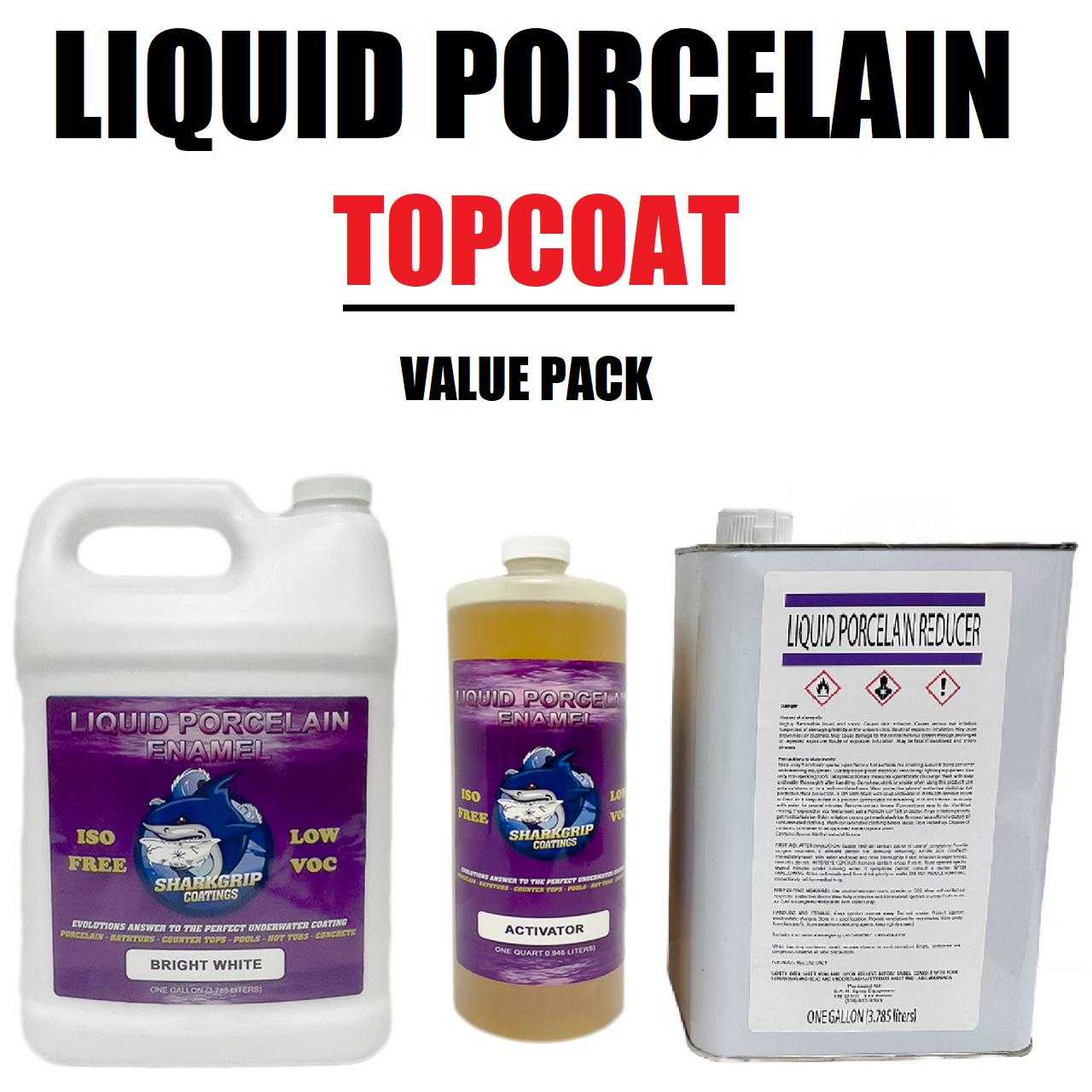Answer

Sep 19, 2024 - 02:15 PM
First, The Red Label is back in stock. When refinishing, dull spots are typically caused by not allowing enough time for solvents to evaporate between coats. If you trap any solvents under the final topcoat, they will push up as they try to escape, similar to breathing on glass, which leaves a foggy surface.
Reactions aren't caused by the coatings themselves; they're a result of improper application. Since LPE utilizes a different chemistry with slower evaporating solvents, the solvents in both the topcoat and catalyst are chemically "hot," as are the solvents in the reducer. Expecting two different products to behave the same way is unrealistic. You must adjust your application techniques accordingly.
Whenever you spray over an existing filler or topcoat, always begin with high, dry, and very light coats. At this point, you're not truly refinishing yet; you're creating a protective barriera shield—to prevent the hot solvents in the new topcoat from damaging the surface beneath. Repeat these light barrier coats until you are sure you have created a protective barrier. These light coats must be thoroughly dried before moving on, using hot air from a turbine if necessary. This technique allows you to build a protective layer between the existing surface and your final topcoat or primer, preventing reactions.
This method is essential when spraying over any existing repair or coating with any topcoat or primer.
![[EAH INDUSTRIAL]](https://data3.answerbase.com/answerbase/14455/Images/answerbase.brands.header3 (1).png?638469925900000000)




Add New Comment